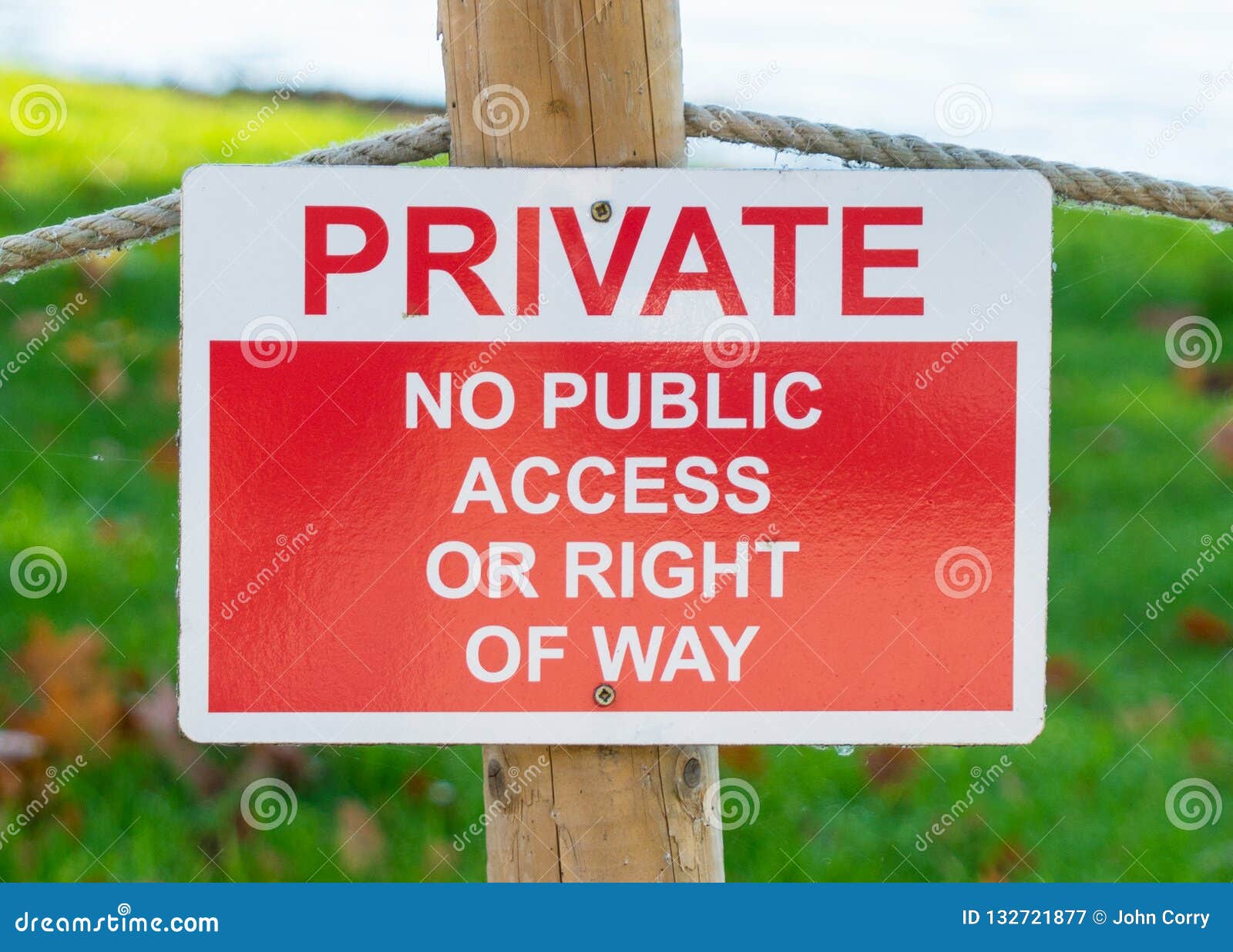
August 27, 2024
Fixing Preserving Wall Surfaces: Expert Options And Tips
Maintaining Wall Drain: What Is It & Why It Matters? Hence, applying a method to alleviate this stress is essential to the durability of any kind of retaining wall surface. Along with drainage, slope stablizing is additionally vital for maintaining wall construction in Kelowna's sloped atmospheres. Incline stabilization includes using dirt reinforcements to avoid dirt movement and erosion. These supports can be in the type of geogrids, soil nails, or rock bolts. The dirt reinforcements are mounted behind the keeping wall to support the soil and prevent it from relocating or wearing down.Green Infrastructure: How to Manage Water in a Sustainable Way - NRDC (Natural Resources Defense Council)
Green Infrastructure: How to Manage Water in a Sustainable Way.

Posted: Mon, 04 Mar 2019 08:00:00 GMT [source]
Budgeting For Drain And Wall Surface Building
Proper compaction strategies make certain security and reduce the risk of soil settlement. Careful backfilling maintains the integrity of both the water drainage system and the preserving wall. Gutters and downspouts are important for handling roofing overflow and avoiding water from pooling near maintaining walls. Directing water away from the wall with these systems safeguards the structure and reduces dirt saturation. Regular cleansing and View website upkeep of rain gutters and downspouts ensure they run effectively.Weep Holes And Their Mechanism
Combining different strategies can offer thorough defense for retaining walls. The key objective of a maintaining wall is to withstand the side pressure of dirt where there are high slopes. These wall surfaces might be developed with a selection of materials such as stone, brick, concrete block, timber hardwoods and also metal among others. Furthermore, standing water behind the wall can permeate into the structure, weakening it in time.- Poor drain layout can result in inadequate water management and wall failing.
- Simple troubleshooting pointers for typical drainage concerns include checking for blockages, ensuring appropriate water flow, and addressing minor repair work promptly.
- A permeable keeping wall is a retaining wall that enables water to permeate through the wall.
- Sadly, a stunning wall surface can fail due to the fact that vital elements of the retaining wall surface system have actually been omitted.
Stopping Hydrostatic Pressure
This type of pipe is installed along the inside or backfilled at the end of the wall surface. A perforated pipe has openings throughout it that permit the water to trickle down right into the pipeline and drain out into the crushed rock and dirt around the preserving wall. You'll wish to set your pipeline at a slight decrease to guarantee water drains pipes out the end. Bear in mind, a well-drained keeping wall is a secure and visually pleasing one. These wall surfaces also enhance the aesthetic charm of landscapes, creating tiered gardens or level surface areas for building and construction. By regulating soil activity, retaining wall surfaces secure frameworks and landscaping functions from damage. Whether you're building a new maintaining wall surface or have an existing one, it's necessary to make sure that it has appropriate water drainage in position for the very best results. Addressing these prospective issues necessitates carrying out reliable drain techniques for an effective concrete maintaining wall system. Hydrostatic stress brought on by water accumulation is an excessive force that must be managed. Water drainage systems used behind wall surfaces often consist of gravel or crushed rock backfill materials to handle water circulation while avoiding stress build-up behind the wall surface. These materials aid take care of dampness without stress accumulation taking place behind it. Appropriate water drainage behind a keeping wall surface often entails utilizing numerous materials, consisting of smashed rock and gravel backfill, for drainage objectives. Among the key objectives of maintaining wall surfaces is to stop disintegration by holding back soil.Does a 4 foot preserving wall surface need drainage?
Any strengthened wall or wall surfaces over 4 ft. (1.2 m) in height or with slopes or various other surcharges over the wall surface will need a toe drainpipe. Initially, you can install a perforated drain pipeline. This sort of pipeline is mounted along the inside or backfilled at the bottom of the wall.

Social Links